Sushi and Washoku
Course (2 years)
In addition to mastering the specialized techniques of washoku and sushi, such as making traditional Edo-mae nigiri sushi (hand-formed sushi) and course cuisine prepared under the supervision of Ginza Kojyu restaurant, you will also learn about the various types of Japanese cuisine that are eaten on a daily basis, including curry, ramen, and Japanese-style Western cuisine. Students also study the cultural background and elements of washoku, such as tools, tableware, Japanese sweets and tea. Our aim is to train you to be chefs who can think flexibly from a variety of perspectives.


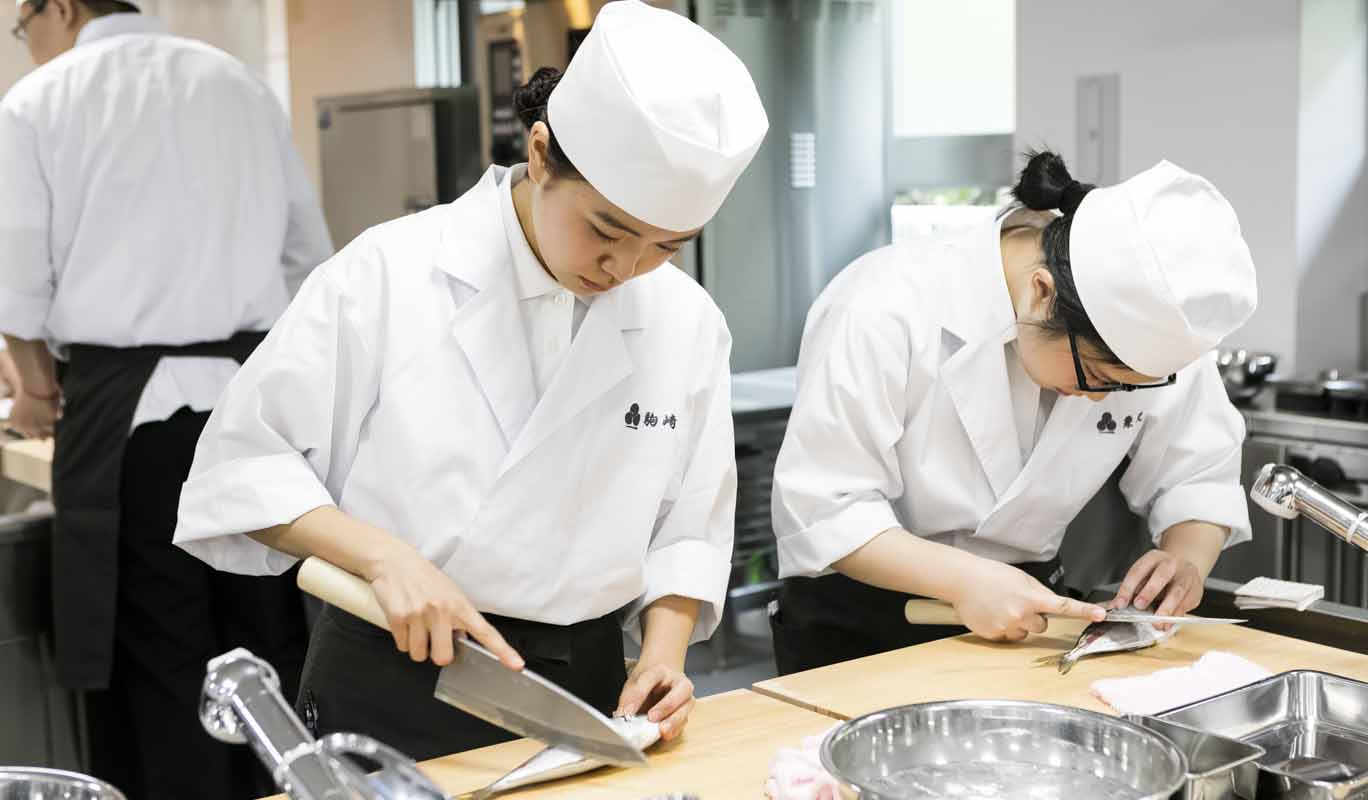


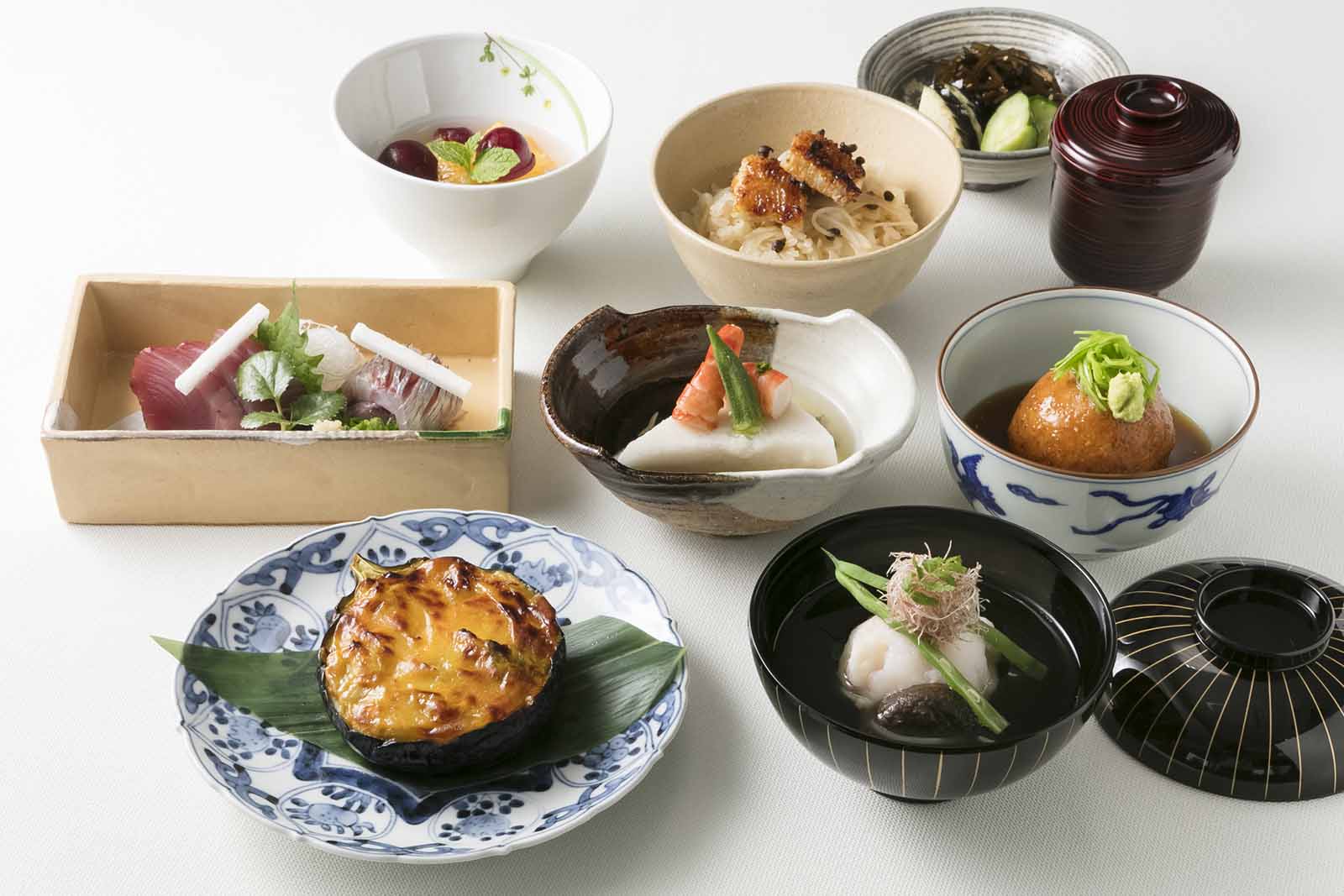

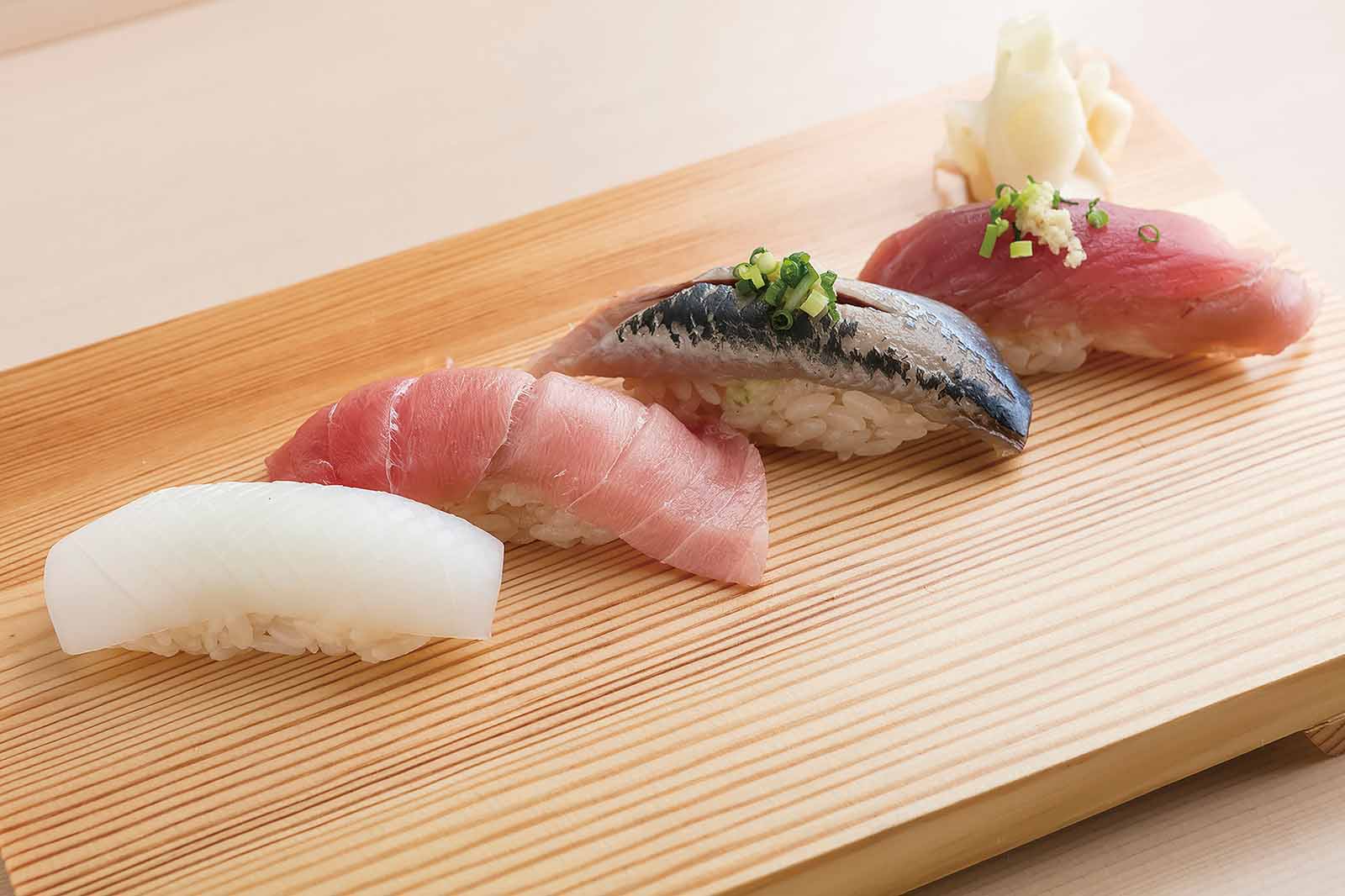
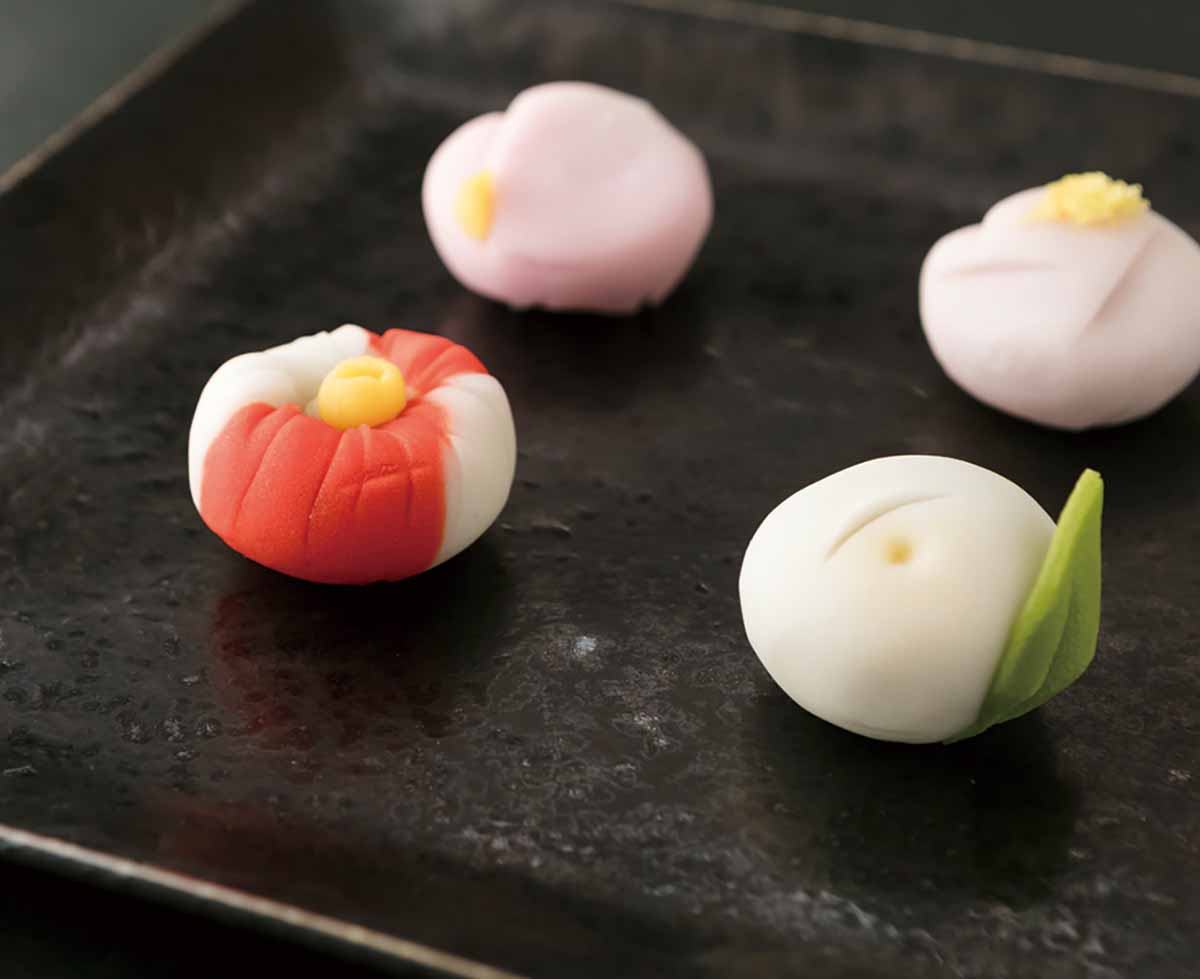
 Practice of making Japanese sweets
Practice of making Japanese sweets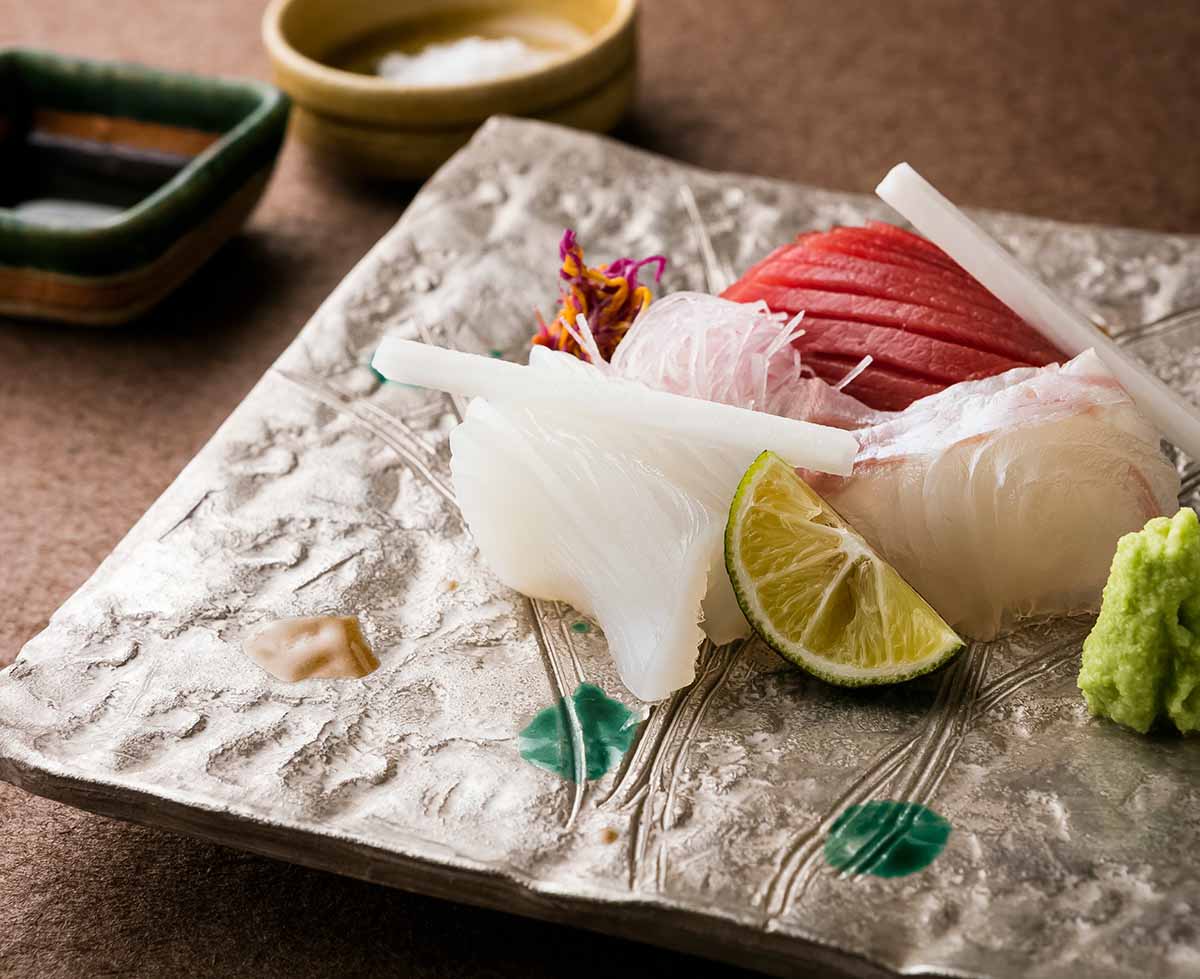
 Research in Washoku utensils
Research in Washoku utensils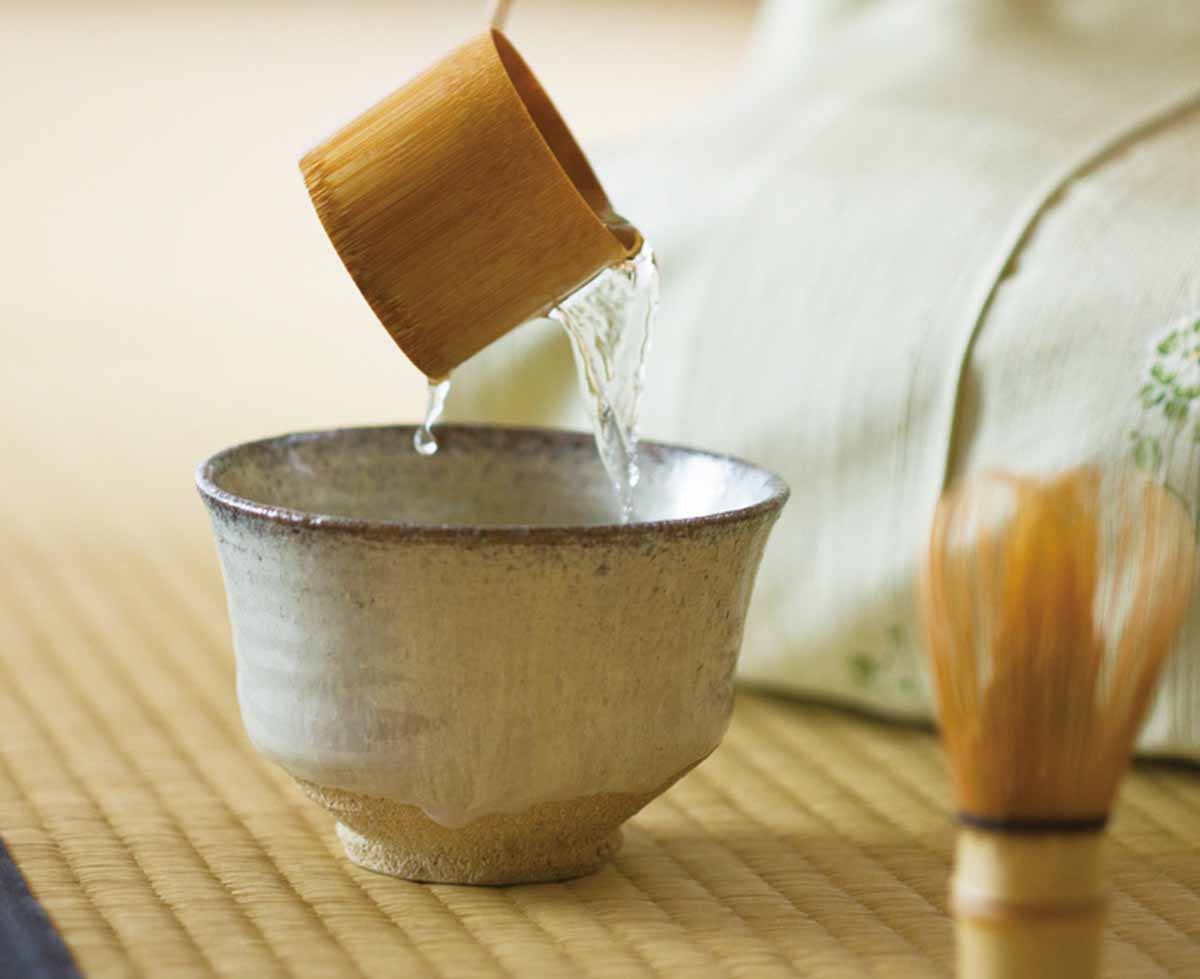
 Research in Japanese tea
Research in Japanese tea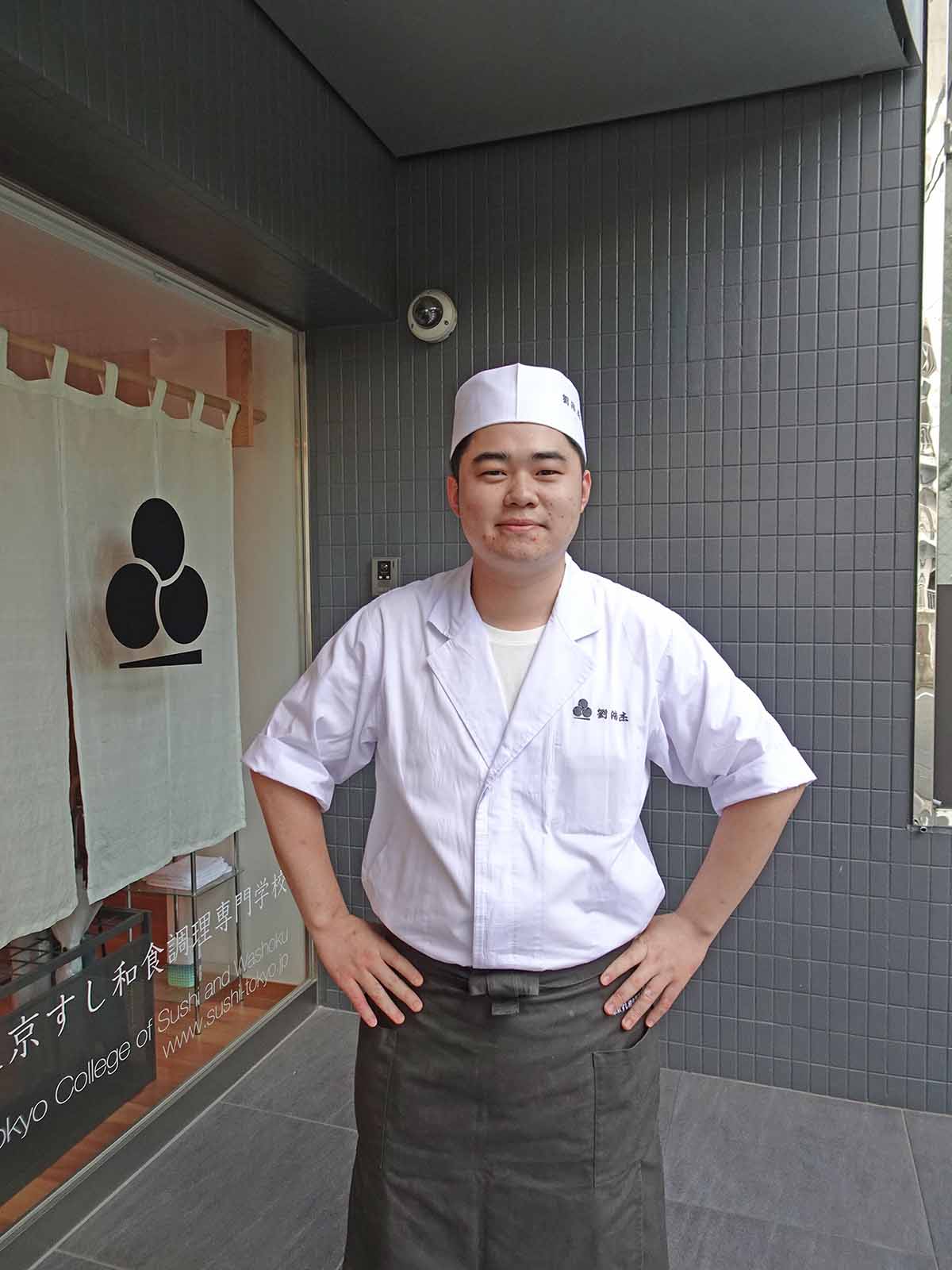
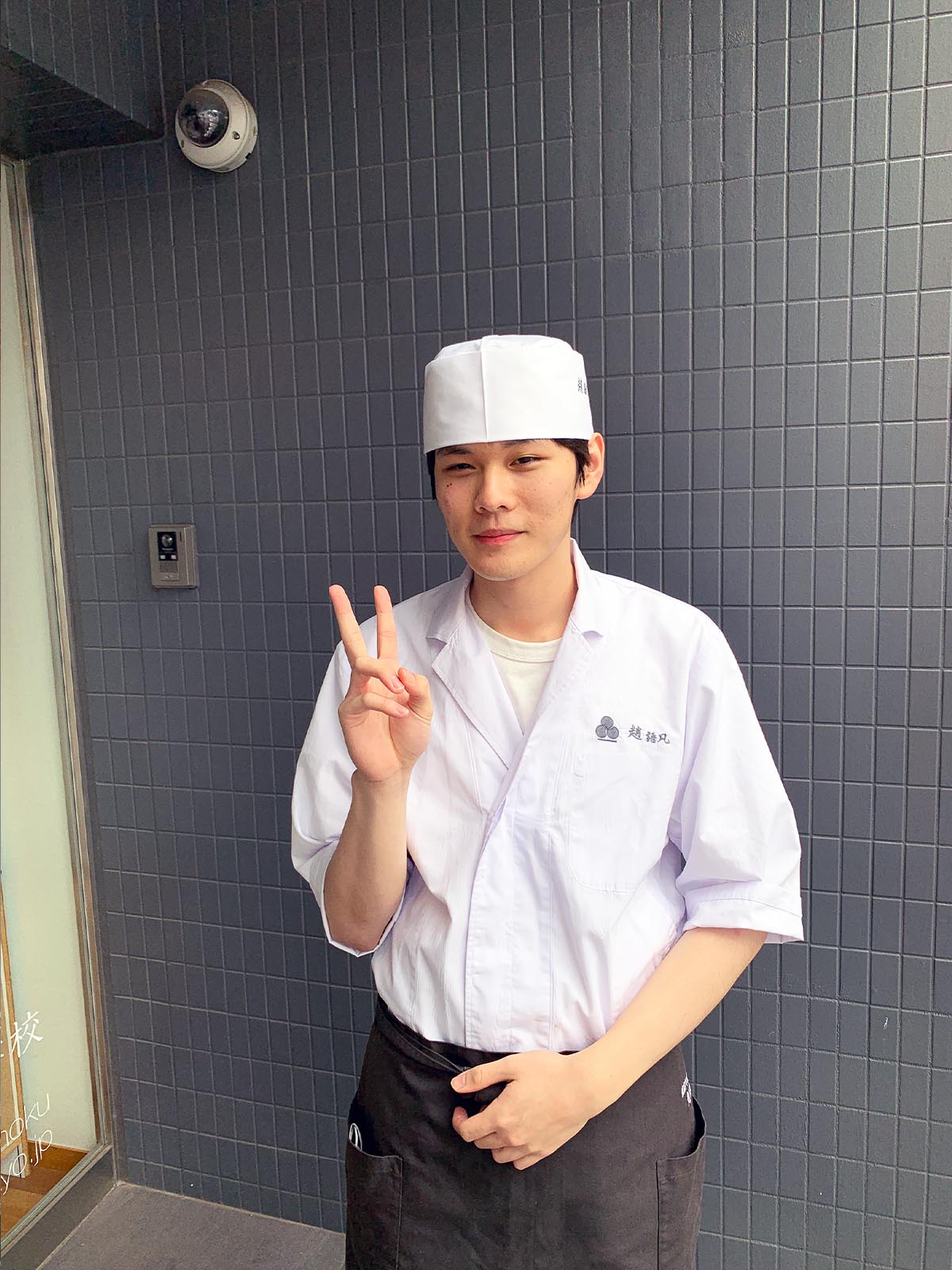
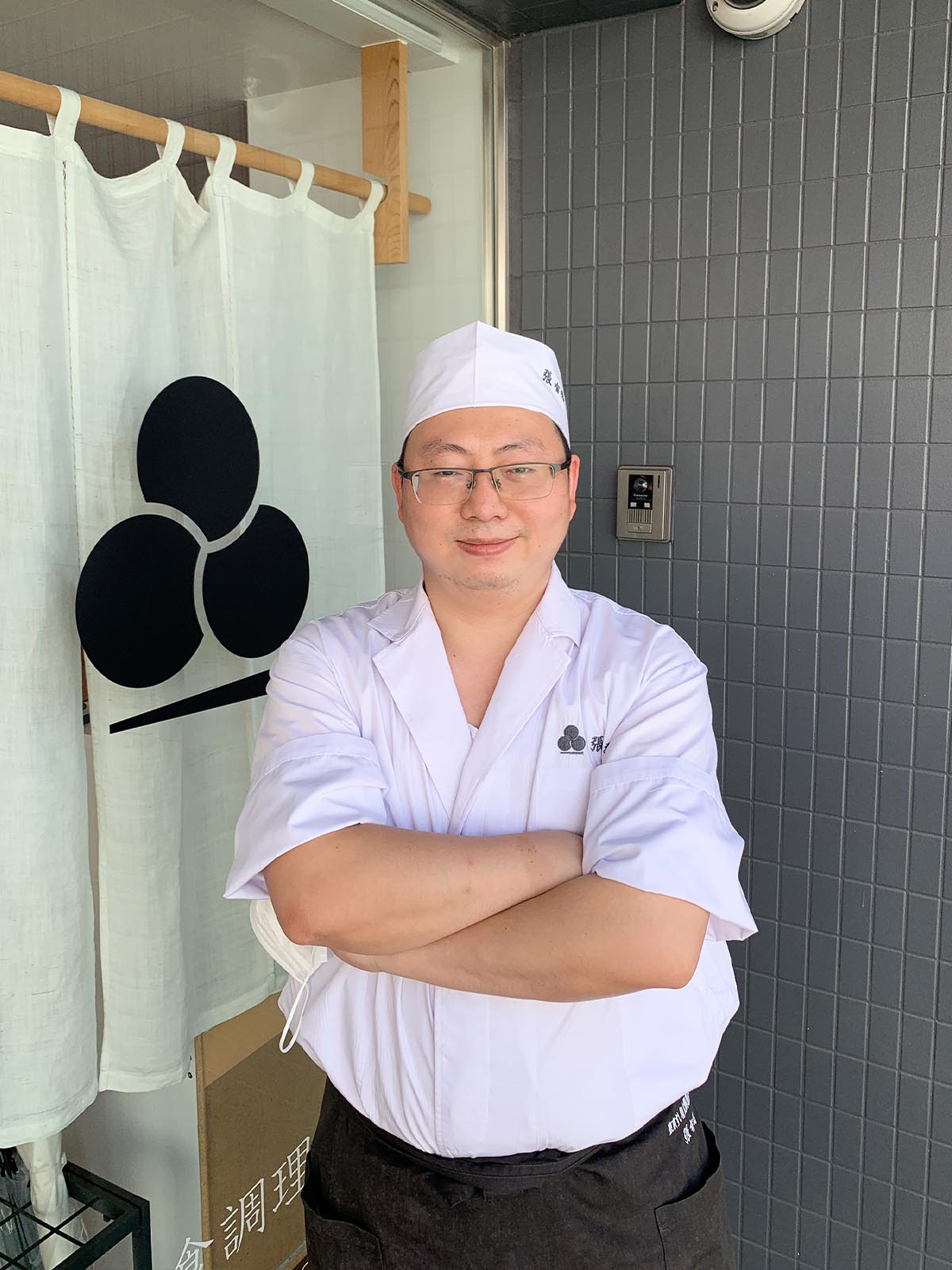
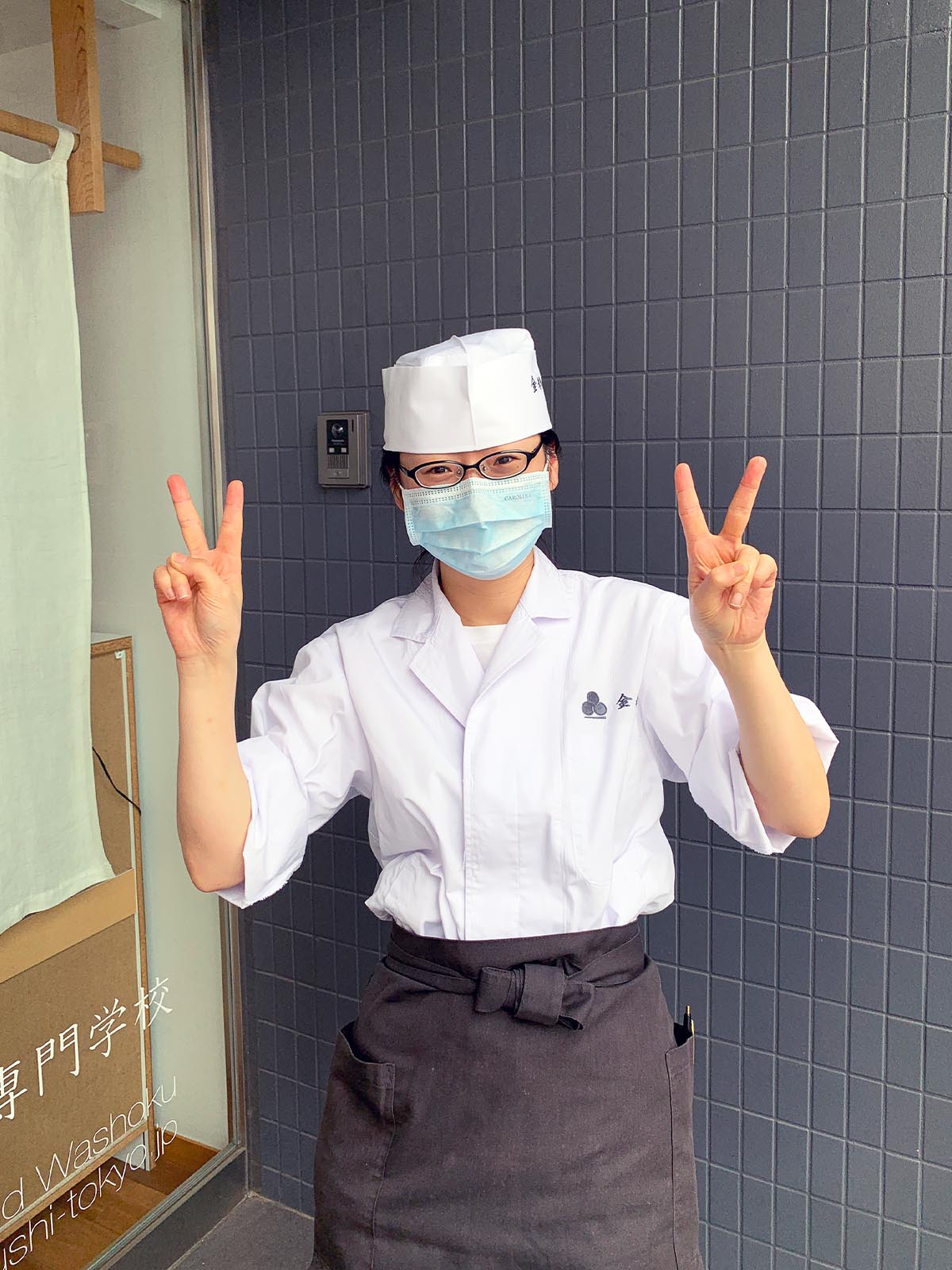
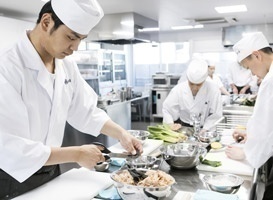
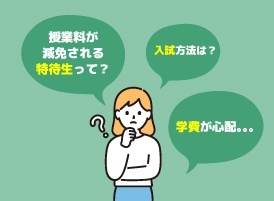
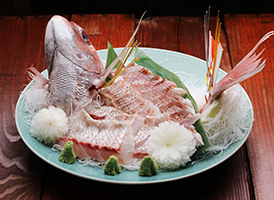
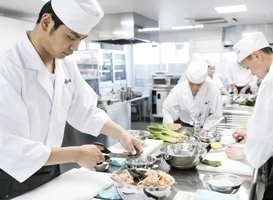
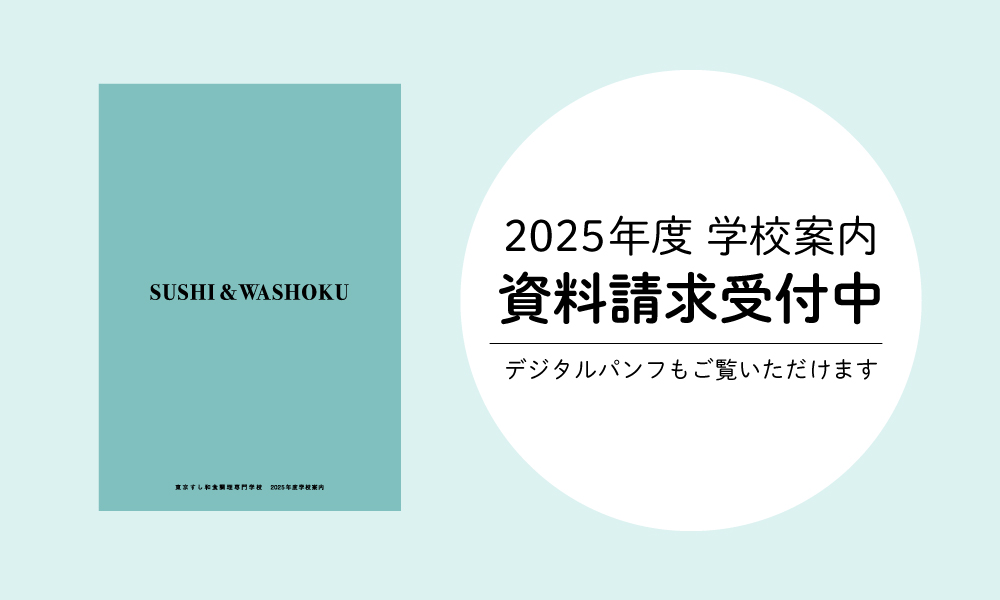 詳しくはこちら
詳しくはこちら